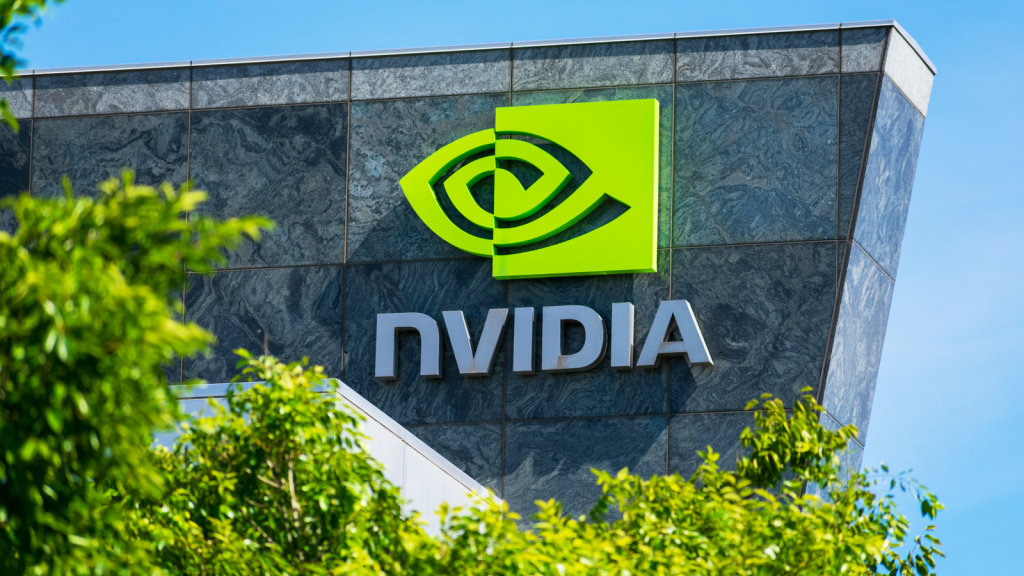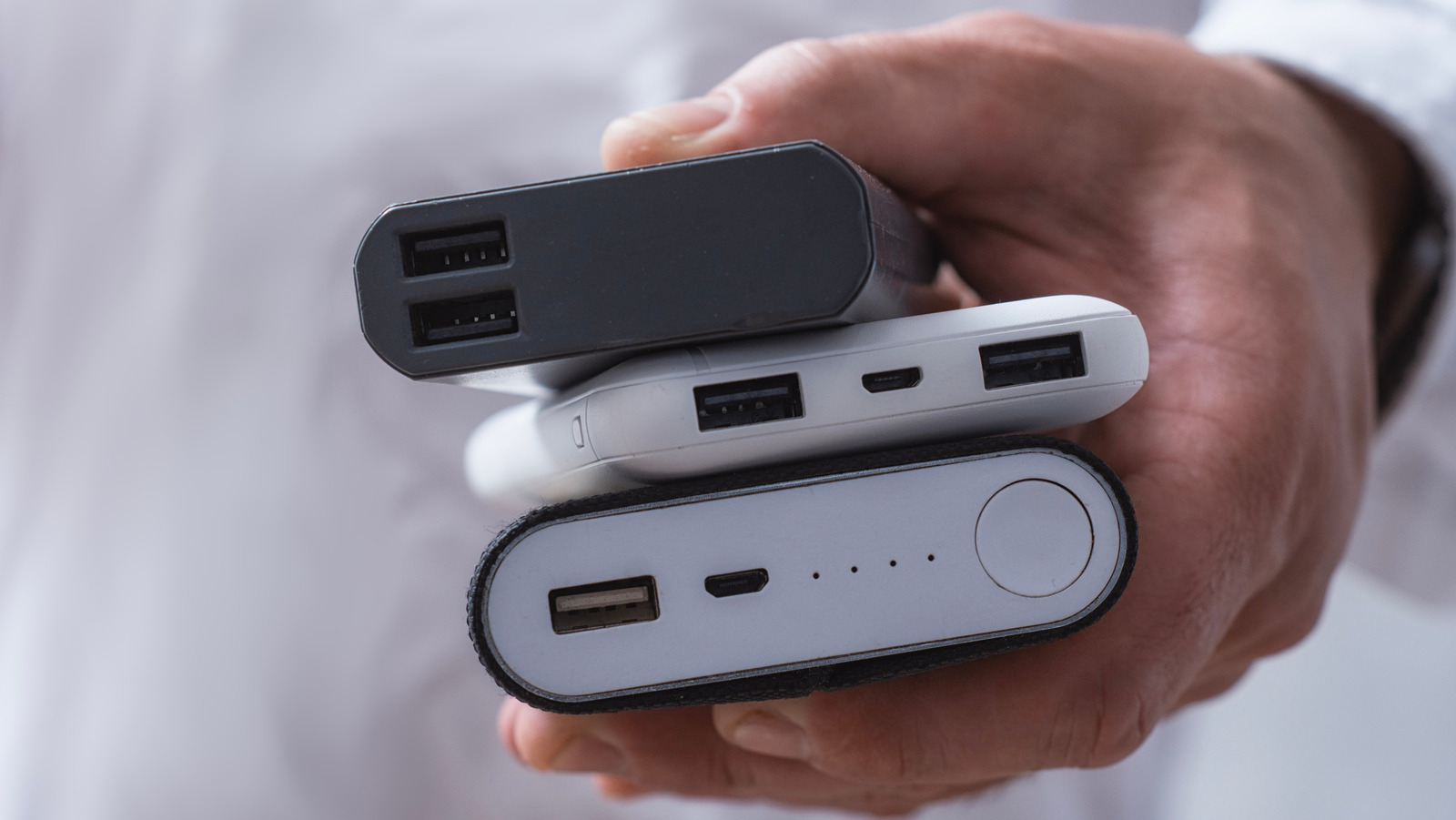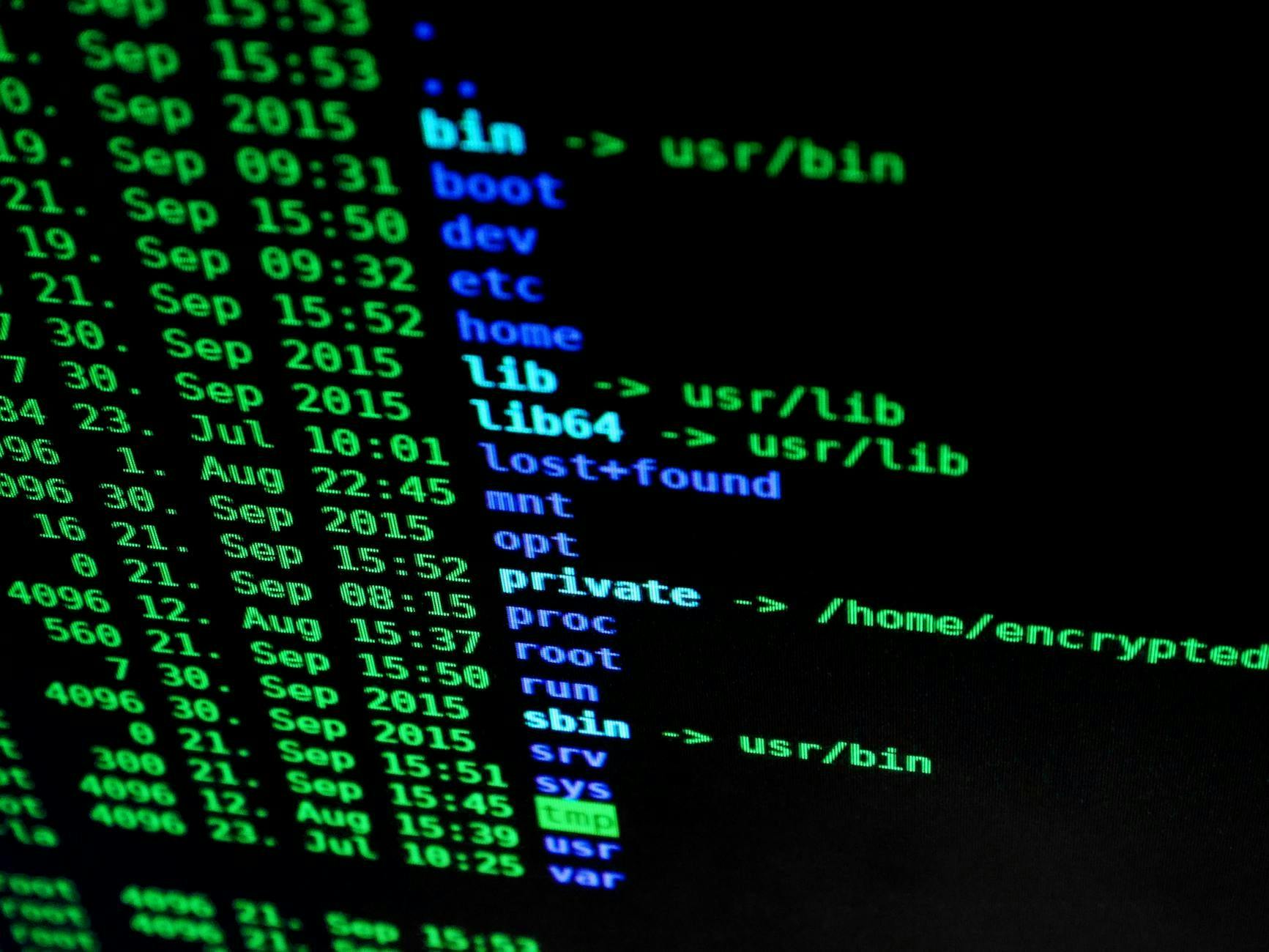Recently, I stumbled across an app in the App Store that made me do a double-take—not because of what it does, but because of its price tag. For the cost, you could have bought a brand-new smartphone instead.
My curiosity got the better of me, so I researched the most outrageously expensive apps and why people buy them.
6
CyberTuner ($999.99)
CyberTuner’s price tag will make you blink twice when you see it. At one cent under four figures, this piano tuning application costs more than the base models of the Samsung Galaxy S25, iPhone 16, or Google Pixel 9 (all sitting around $799 at the time of writing). Throw in the optional $84.99/year “CyberCare” subscription for updates and support, and you’re well past the thousand-dollar mark.
Now, don’t think this app is some shiny Silicon Valley gimmick designed to drain wallets. CyberTuner has been around for over 25 years, backed by US-patented technology that genuinely reshaped the piano-tuning world. Before it came along, professional tuners needed thousands of dollars’ worth of specialized equipment. Now, they carry around an app in their pocket that does the job better.
CyberTuner’s secret sauce lies in its ability to analyze piano harmonics with a precision that the human ear can’t replicate. And when you’re tuning a $100,000 concert grand piano, the margin between “pretty good” and “perfect” is non-negotiable. That’s why professionals pay smartphone-level money for it—because it helps them earn smartphone amounts of money, and usually a lot more.
5
Shot Tracer Event ($999.99)
Golf has never been a budget-friendly sport, so it’s perhaps no surprise that the Shot Tracer Event app carries a price tag on par with the flagship phones I mentioned earlier. Even though the app hasn’t seen an update since 2023, its spot on the App Store suggests it’s still alive and well in some golfers’ arsenals. This isn’t your average swing-analysis app, but one built for professional players, instructors, and event organizers who need far more than the basics.
Its real value shows up during tournaments. Set your iPhone on the tee box, and the app automatically records shots, traces flight paths, and uploads everything to a cloud gallery. Event organizers can feed spectators real-time shot data, while instructors get the kind of analytics that make their premium lessons feel justified.
Of course, spending that kind of money on a golf app sounds outrageous at first glance, until you realize what it’s replacing. Traditional pro-grade tracking systems with ball-flight visualization can run into the tens of thousands of dollars. Shot Tracer Event manages to condense that same kind of technology into a mobile app, making it expensive, yes, but also astonishingly accessible.
4
roc.Kasse ($999.99)
roc.Kasse turns an iPad into a full-fledged point-of-sale (POS) terminal, and it comes with a one-time price tag of $999.99. At first glance, a thousand bucks for an app feels outrageous. But stack that against a traditional POS setup with hardware, service contracts, and training, then you might realize that it looks like a bargain.
For cafés or clubs that want to ditch the old cash tills without getting trapped in a vendor’s walled garden of fees, paying once for software feels almost liberating. Though I can imagine the upfront cost still stings for solo operators.
To put it in perspective, the price of a single roc.Kasse license could instead buy three to five solid midrange Android phones in the $199–$300 bracket (think Galaxy A26, OnePlus Nord N30 5G, Moto G 5G, or TCL 60 XE Nxtpaper 5G). But that’s comparing apples to espresso machines. A phone is just a commodity slab of glass.
The value here is in the POS logic—the tables, vouchers, tax settings, workflows, and backups—the whole invisible scaffolding that actually keeps the business running. If those workflows save time and smooth turnover, a thousand dollars does feel cheap compared to the drip-drip-drip of lost efficiency or creeping subscriptions.
And honestly, in a world where every app is desperate to lock you into monthly payments, a single high upfront fee almost feels refreshing. It’s maybe even the most honest pricing you’ll find.
3
VERT Team System ($999.99)
The VERT Team System links an iPad to wearable sensors that track a wide range of performance metrics like jump loads, explosiveness, endurance, and movement efficiency. Unlike a standard fitness tracker, it’s not interested in steps or calories. What it does is model an athlete’s workload and flag potential injury risks, all displayed through live dashboards and in-depth reports.
The app is designed for organizations running VERT sensors, not for a lone athlete looking to track their morning jog.
Where it shines is in real-world team settings. A coach can spot when a player’s jump count is climbing into risky territory during practice, or a trainer can tailor recovery protocols based on live workload data instead of gut feeling. For a college basketball program or a professional team, the cost makes sense. Avoiding even one major injury that could sideline a star player for months pays for the system hundreds of times over.
2
Verituner ($599.99)
Verituner is the other heavyweight in the piano-tuning world. While it’s technically the “cheaper” alternative to CyberTuner, its price tag still outweighs what you’d spend on a brand-new Google Pixel 9A, an iPhone 15, a Galaxy S24 FE, or even the Nothing Phone (3a) Pro.
But the lower price doesn’t imply it’s any less capable; it’s simply aimed at a different corner of the market. Where CyberTuner is the tool of choice for high-stakes concert tuning, Verituner often finds its place with independent technicians working in homes or schools, where that $400 difference can actually make or break a business decision.
The bigger point here is that professional tools come with professional price tags. Piano tuning demands an almost surgical level of precision, and both of these apps deliver the kind of accuracy that justifies every penny. The fact that the industry not only sustains but actively depends on two high-cost tuning apps says less about extravagance and more about the very real demand for hyper-specialized, professional-grade tools.
Similar to productivity apps that are worth their price, the cost doesn’t seem so high when you know what you get out of it.
1
Final Cut Pro ($299.99)
Final Cut Pro comes in at a $299.99 one-time purchase on macOS, which, funnily enough, is about the same price as a Samsung Galaxy A25. On iPad, Apple flips it into a subscription at $4.99 a month (or $49 a year).
In the “subscribe to everything” culture we now live in, the Mac version almost feels old-school, or maybe even a little rebellious. And it undercuts the whole “apps that cost more than a smartphone” idea. You’re getting professional-grade editing software—the same kind used in broadcast studios and film projects—for the price of a mid-range pair of headphones. That’s wild.
Would I buy these pricey niche apps? Not unless I was running a café that needed a POS system, coaching athletes with measurable goals, tuning pianos for a living, or working as a professional video editor.
As just a curious consumer, I can admit these apps aren’t meant for me. They’re business tools (specialized equipment in software form), and the price only makes sense if they’re going to help you earn money back.
















